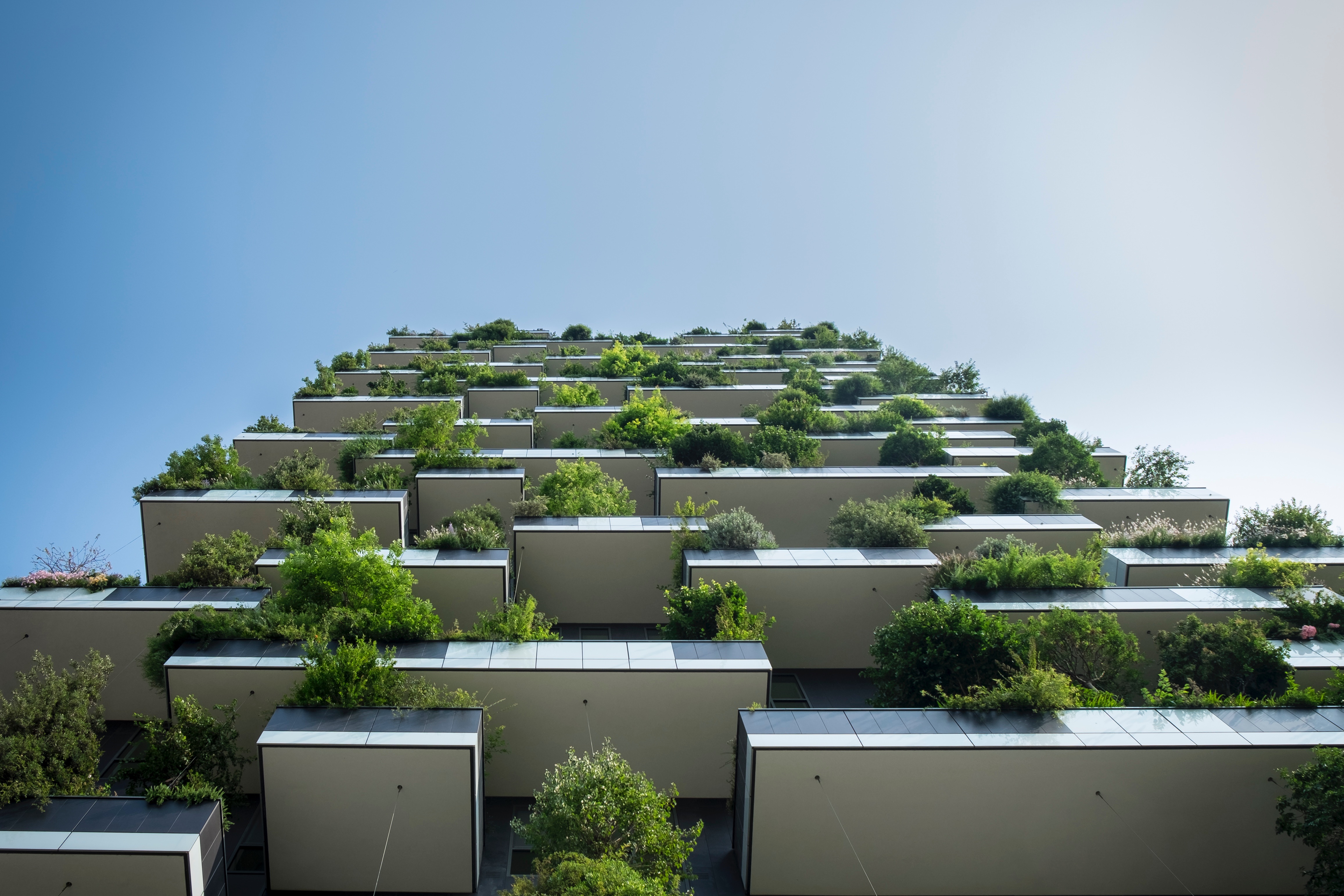Environmental Histories of Architecture
Workshop
28.07.2017 10:00 – 16:00
Location: Rachel Carson Center, Munich, Germany
Conveners: Daniel Barber (University of Pennsylvania)
The relationship between environmental history and the history of the built environment has only recently begun to gain substantive attention in the field of architectural history. This Workshop will bring together leading scholars to discuss the interpretive and analytic methods relevant to Environmental Histories of Architecture, and to assess the conceptual challenges presented to the field. Participants will make brief presentations of relevant research, and then enter into a discussion of methodological challenges.
The discussion will focus on a number of related themes: First, the question of disciplinary adjacencies. Architectural history, perhaps more than other scholarly fields, has long positioned itself in relationship to adjacent disciplines - art history in particular has been in substantive dialogue with the field. How does an emphasis on the environmental history of architecture emphasize interaction with other fields (such as, but not limited to: history of technology, environmental history, science and technology studies), while continuing to emphasize familiar engagements (media studies, post-colonial studies, issues of human rights, for example). Are there specific methodological innovations developed in these fields that offer opportunities for scholars of architecture?
Second, the Workshop will discuss the question of instrumentality. Given that many histories of architecture and environment engage with technologies, social formations, and design methods that are again (still?) of relevance today, the environmental history of architecture threatens to exceed the historians critical distance from contemporary practice. What are the terms by which scholars can negotiate this operative impulse? Are there examples from other fields or from other arenas of architectural scholarship that can serve as models here?
And finally, what are the broader disciplinary effects of the environmentalization of architectural history? Given that the project is not simply to add object to the database but, rather, to pose new frameworks, narratives, and figures for the development of architectural ideas, are their specific consequences? For example: Do some individuals (architects, critics, historians) emerge as newly significant, while other become less so? Should we adjust the periodicity of architectural-historical knowledge with reference to the Anthropocene, the Great Acceleration, or other recent revisionist periodicities? What are the new means by which we might conceptualize familiar architectural ideas in light of increased engagement with related environmental histories?
Please find the program here.
All are welcome to attend and participate in the discussion.
Read more about the event in a conference report on the RCC's blog.
Submitted papers (for participants only; password protected):
Doucet, Isabelle Hein, Carola
Lange, Torsten
Maniaque, Caroline
Nolan, Ginger
Stalder, Laurent


